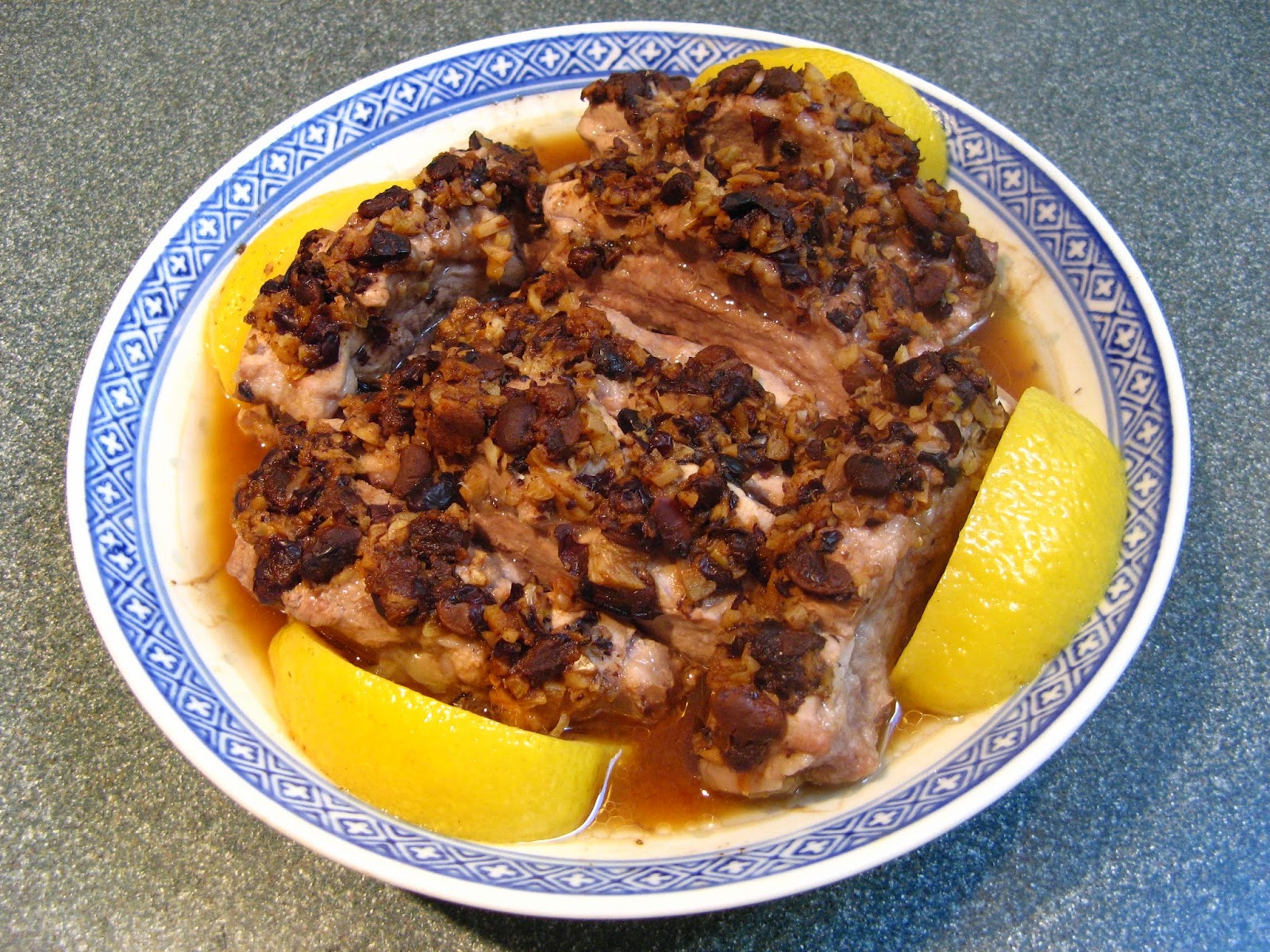The bitterness of the bitter melon goes well with the
spiciness of the hot bean sauce in this dish. The other ingredients, the
chicken and fried tofu, complete the dish. The bitterness of the bitter melon
can be controlled by salting the wet bitter melon pieces for up to 10 minutes; more
than 10 minutes and the bitterness is mostly removed, so it doesn’t take the
salt too long to remove the bitterness. The salt can be omitted if you like the
full bitterness of bitter melon.
Enjoy!






